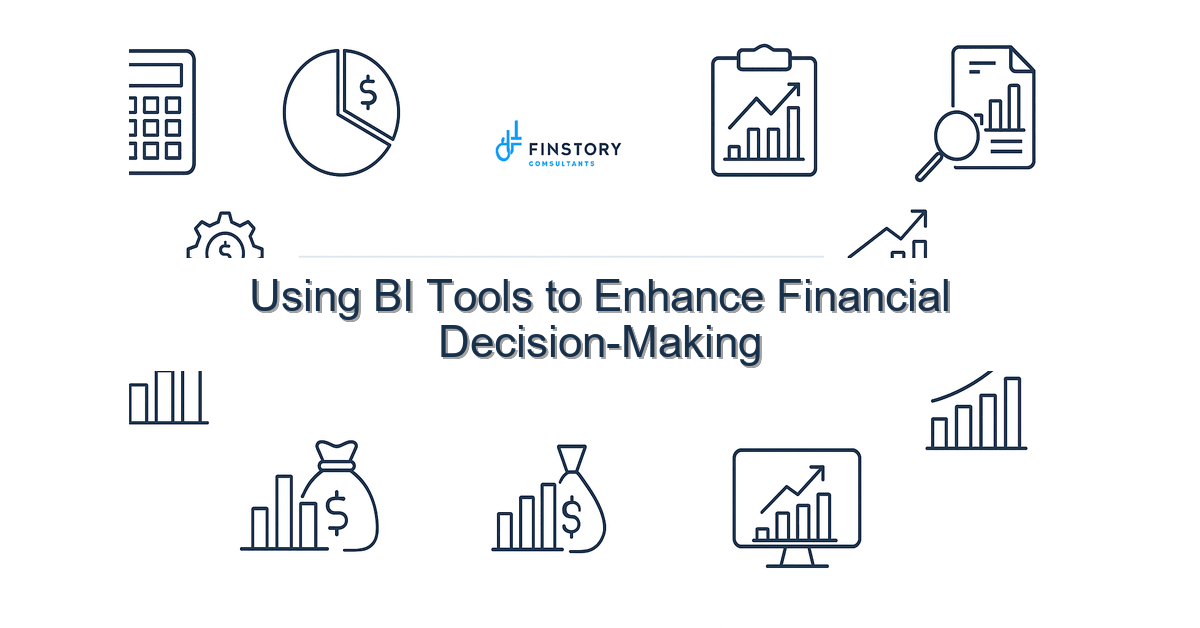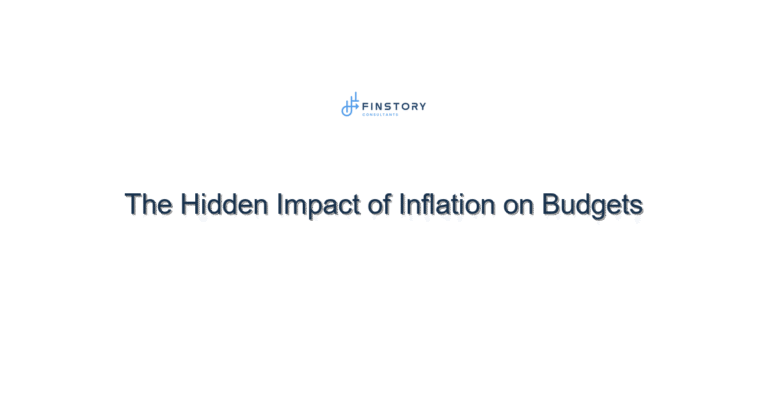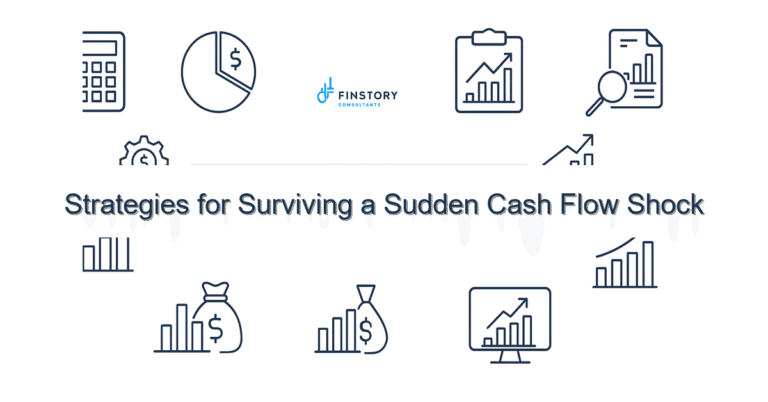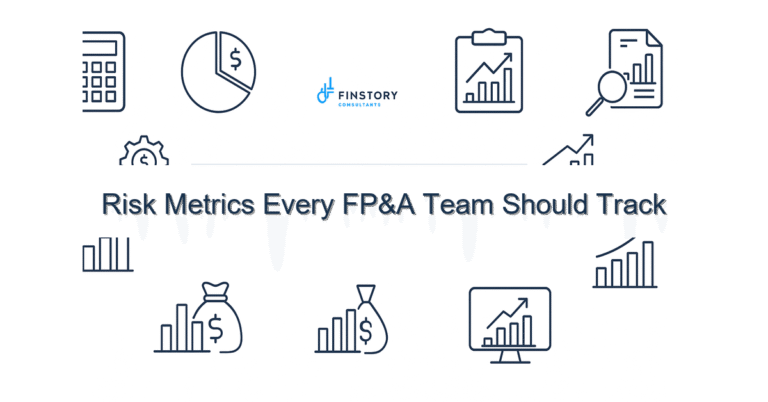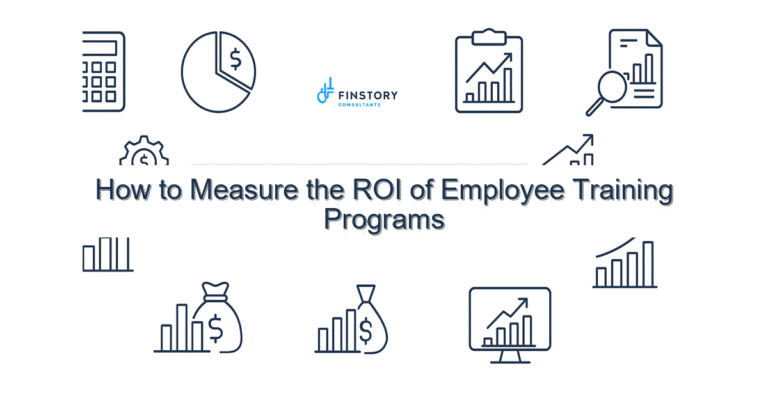Using BI Tools to Enhance Financial Decision-Making
You’re juggling budgets, patient needs, and unpredictable revenue—often with reports that feel like they were stuck in a spreadsheet time capsule. You’re not alone: finance leaders in hospitals and health systems tell me the same thing every week—data exists, but it doesn’t feel actionable.
Summary: Implementing the right BI tools for healthcare finance turns scattered data into trusted insight. The win: faster forecasting, fewer surprises, and leadership reports that actually drive decisions.
What’s the real problem?
At its core, the problem isn’t a lack of data. It’s noisy, fragmented data that doesn’t connect to the decisions leaders must make—capacity planning, payer mix shifts, or capital allocation. BI tools for healthcare finance can help, but only when the technology maps to real workflows.
- Symptom: Month-end closes that still take weeks, with reconciliation fights over numbers.
- Symptom: Leadership requests ad hoc analyses and the finance team spends days pulling reports rather than advising.
- Symptom: Operational leaders distrust finance dashboards because metrics don’t align with operational systems.
- Symptom: Forecasts fail to incorporate volume and contract-level nuances, leading to avoidable budget gaps.
What leaders get wrong — BI tools for healthcare finance
Leaders often treat BI as a reporting finish line instead of a decision-enabler. Common mistakes include:
- Buying tools based on feature lists instead of use cases—then building dashboards no one uses.
- Expecting raw analytics to fix process problems—technology can’t substitute for clean source data and clear ownership.
- Keeping finance in a silo—effective BI needs participation from clinical ops, revenue cycle, and IT.
- Measuring vanity metrics rather than decision metrics—activity counts over margin, forecast variance, or cash implications.
A better approach
Shift from dashboarding to decisioning. Here’s a practical 4-step framework to adopt BI tools to improve financial decision-making in hospitals.
- Define the decisions: List top five decisions leaders make weekly/monthly (e.g., staffing by unit, cash cadence, payer contract negotiations).
- Map data to decisions: Identify required data sources (EHR volumes, claims, general ledger, labor systems) and the quality gaps that block answers.
- Build focused dashboards: Start with one decision, one dashboard, and a single source of truth—then iterate with end-users.
- Operationalize with cadence: Assign owners, embed dashboards into weekly meetings, and automate data refreshes.
Real-world example: A mid-size community hospital reduced its ICU staffing variance by 35% in six months. They focused on one dashboard that combined historical occupancy, scheduled surgeries, and real-time admissions—built first in Power BI and refined with nursing leadership.
Quick implementation checklist
- Identify your top 3 financial decisions that need data support this quarter.
- Inventory data sources and note owners for each (EHR, billing, payroll, GL).
- Choose one BI tool (e.g., Power BI) and commit to a single pilot dashboard.
- Standardize one definition (e.g., net patient revenue) across systems.
- Set a 30-day sprint: prototype, user review, iterate.
- Automate data refresh cadence (daily/weekly) and monitor load errors.
- Train the first cohort of 6–8 power users and schedule recurring feedback.
- Publish a one-page guide for dashboard use and decision thresholds.
What success looks like
Measure outcomes with concrete metrics tied to decisions:
- Forecast accuracy: reduce variance from budget by 50% (e.g., from ±8% to ±4%).
- Close cycle time: shorten month-end close from 12 days to 5 days.
- Meeting efficiency: cut time spent preparing ad hoc reports by 60%.
- Operational impact: decrease staffing overtime by 25% through better demand forecasting.
- ROI: realize payback on BI implementation within 9–12 months via labor, revenue, and supply savings.
Risks & how to manage them
Three common risks—and simple, practical mitigations.
- Risk: Bad source data. Mitigation: Run a data quality discovery and document known gaps before building dashboards.
- Risk: Low adoption. Mitigation: Co-design with end users and embed dashboards into existing meeting cadences.
- Risk: Scope creep. Mitigation: Use a pilot-first policy—deliver one decision tool in 30 days, then iterate.
Tools & data
Don’t overcomplicate the stack. Typical, effective toolset includes:
- Finance automation for GL consolidation and close processes.
- Power BI or Tableau for interactive dashboards and leadership reporting.
- ETL/data integration (Azure Data Factory, Fivetran) to merge EHR, claims, and payroll.
- Story-driven reports that link KPIs to action: forecasts, cash position, and margin by service line.
Tip: Start with one trusted dataset (e.g., patient revenue by payer) and grow. Using Power BI for healthcare finance often speeds dashboard adoption because of its low-friction sharing and strong modeling capabilities.
FAQs
What is a BI tool for healthcare finance? A BI tool is software that connects data sources, models the data, and presents visual reports so leaders can make faster, evidence-based decisions.
How long does it take to see value? With a focused pilot, teams commonly see meaningful improvements in 6–12 weeks—faster if data quality issues are minimal.
Do we need a data warehouse first? Preferable but not always required. For small pilots, a well-designed semantic layer or a single consolidated dataset can suffice before investing in a full warehouse.
Which metrics should we prioritize? Prioritize metrics tied directly to decisions: forecast variance, cash runway, net patient revenue by payer, and labor cost per case.
Next steps
If you’re ready to use BI tools for healthcare finance to make faster, more confident decisions, start with a short diagnostic. We’ll map your top decisions, identify data gaps, and design a one-dashboard pilot that proves value quickly.
Want a tailored plan? Contact Finstory to discuss how we can implement healthcare finance BI dashboards, align data, and train your team. Use the pilot approach to reduce forecasting time and improve accuracy.
Work with Finstory. If you want this done right—tailored to your operations—we’ll map the process, stand up the dashboards, and train your team. Let’s talk about your goals.
Related reading: Financial forecasting best practices, Finstory financial reporting services, and dashboard best practices for healthcare.
📞 Ready to take the next step?
Book a 20-min call with our experts and see how we can help your team move faster.
Prefer email or phone? Write to info@finstory.net
or call +91 44-45811170.
